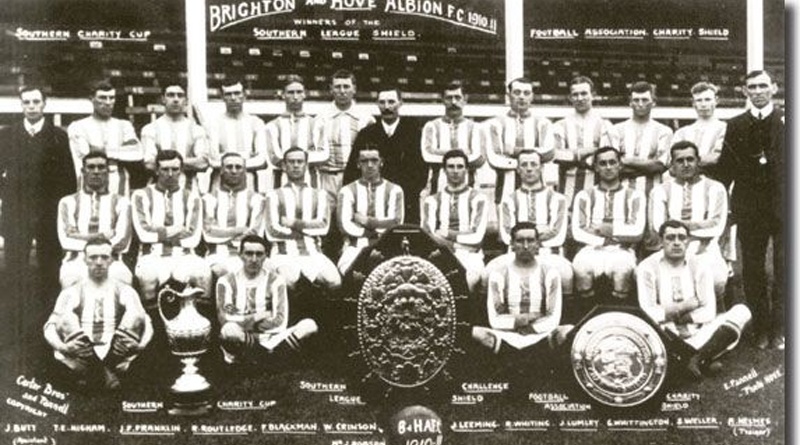The Charity Shield winners who made Brighton champions of England
Monday September 5th 1910. The day Brighton & Hove Albion won the biggest honour in their history by beating Aston Villa 1-0 at Stamford Bridge to lift the Charity Shield, becoming the unofficial champions of England in the process.
Back in those days, the Charity Shield was played for between the winners of the Football League and the Southern League. The theory therefore went that whoever won the day was the best team in the land, seeing as it was a meeting between the finest that the nation’s two top leagues had to offer.
Not many gave Brighton a hope going into the clash at Stamford Bridge. The Football League was considered the stronger competition and Villa were the biggest club in the country having just won their sixth title.
The Albion meanwhile had come from nowhere really under the management of Jack Robson to become Southern League champions for the first time at the end of the 1909-10 season.
They had also won the Southern Professional Charity Cup, completing ‘the double’ just nine years after the club had been founded in the Seven Stars Pub.
Even with that haul of silverware, Brighton were meant to be no match for the mighty Villa… except Robson and his players had not read the script.
They give a courageous performance which caught their opponents completely off guard, winning 1-0 through Charlie Webb’s 72nd minute strike.
It was the only time that a Southern League side beat a Football League outfit to lift the trophy. And yet not many Albion fans know much about the men who delivered it. We want to put that right – so here are the players who made Brighton history by shocking Aston Villa to win the Charity Shield.
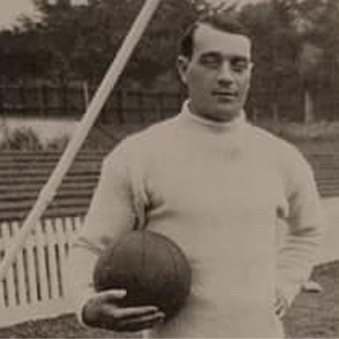
Bob Whitting
Bob Whitting was one of the finest goalkeepers ever to play for Brighton. He joined the Albion from Chelsea at the age of 25 in 1908 and missed only a handful of games over the next seven years. His 320 appearances between the sticks only surpassed by Brian Powney.
Whitting conceded just 28 goals in the 1909-10 Southern League title winning season, still a record to this day for a Brighton goalkeeper in a 42 game league campaign.
His kicking was said to be so monstrous that he could clear the opposition crossbar from inside his own area which led him to take part in goal kick competitions. Somebody needs to bring that concept back.
Four years after keeping a clean sheet for Brighton in the Charity Shield, Whitting enlisted with the Army at the outbreak of The Great War.
Sadly, he was one of the nine Albion men who lost their lives making the Ultimate Sacrifice after he was killed aged 34 on April 24th 1917 by enemy shell-fire while attending the wounded at Vimy Ridge.
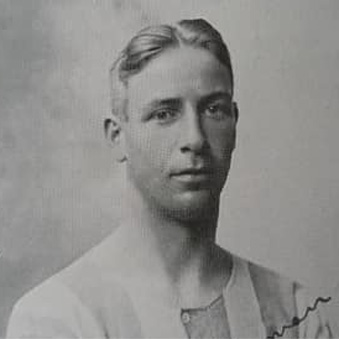
Fred Blackman
From the moment Fred Blackman arrived at the Goldstone Ground from Hastings & St Leonards in May 1909, there was no looking back for the right back who went onto play 88 times in the stripes.
He was an ever present in the Albion team which completed ‘the double’ in the 1909-10 season and he played twice for the Southern League representative side against their Football League counterparts, drawing 2-2 at Stamford Bridge and winning 3-2 at White Hart Lane.
Within four months of Brighton lifting the Charity Shield, he was selected for an England international trial match where the Three Lions management could run the rule over the best talent in the country.
Needless to say, all this attracted the attentions of the big boys in the Football League and in May 1911, he was bought by Blackburn Rovers for a big fee of £300 and went play for Leeds City, the forerunner to the modern day The Leeds United.
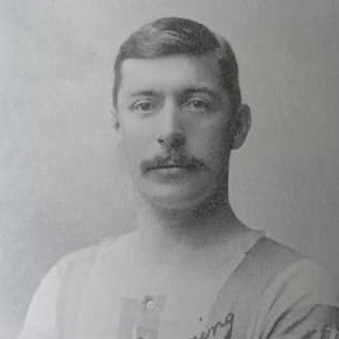
Joe Leeming
Brighton & Hove Albion’s most successful ever captain (sorry Brian Horton and Bruno), Joe Leeming skippered the Seagulls to Southern League title, Southern Professional Charity Cup and Charity Shield in the space of five months in 1910.
Prior to that, the Albion won the Western League title in the 1908-09 season under Leeming’s leadership, giving the full back a haul of four trophies in six seasons with the club.
You would have got long odds on that happening when he arrived at the Goldstone in May 1908. Leeming was 31 years old and despite having won two FA Cups with Bury – including scoring twice in the Shakers’ 6-0 hammering of Derby County in the 1903 final – there were many who felt he was too old and slow to make an impact in Sussex.
How wrong could you be? Leeming racked up 238 appearances between 1908 and 1914, when he returned to Lancashire with non league side Chorley. He also had one of the best moustaches of any Albion player.
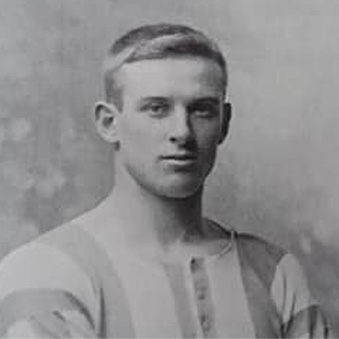
Billy Booth
Billy Booth was a record setter during his 12 years at Brighton. He was the first man to make 100 consecutive appearances for the club, represented the Southern League on seven occasions and was named in the England squad for an international against Ireland in Belfast in 1913.
Booth was another of the Charity Shield winning team to have been signed by Robson in May 1908 when he arrived from Sheffield United. He went onto rack up 369 appearances for the Albion – a figure which would have been even higher had four years of his Albion career not been lost to The Great War.
He was described as having a non-stop, energetic style and was considered to have been one of the driving forces behind Brighton’s golden period, scoring 12 times thanks to his precision shooting on the rare occasions he had a sight of goal.
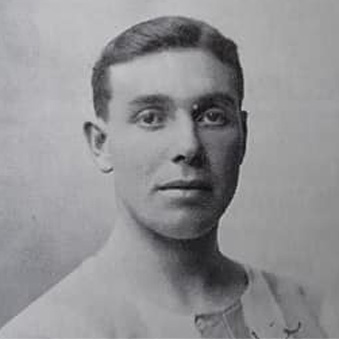
Joe McGhie
When he was not playing football, centre half Joe McGhie was a devout church goer, making it doubtful that he drank pints of whiskey like future Albion boss and namesake Mark McGhee.
What we do know about McGhie though is that he was an outstanding footballer who made 156 appearances for Brighton after joining from Sheffield United in the summer of 1909.
He missed only one game in the Southern League title season and was one of the first names on the Brighton team sheet until rejecting a new deal with the club in May 1913, instead opting to sign for Stalybridge Celtic.
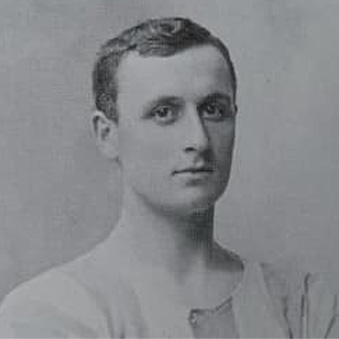
Jack Haworth
Speaking of Mark McGhee, he would have loved Jack Haworth given the number of times that he played out-of-position in his career.
Signed from Turton on the recommendation of captain Leeming, in the 1909-10 season alone Haworth rattled through the half back role and also played as a centre forward before Robson settled on using him as a left half.
Once Haworth assumed that position in the team, Brighton lost only one of their final 14 matches which went a long way towards sweeping the Seagulls to the Southern League championship.
The positional merry-go-round did not stop when Haworth’s 99 game Albion career came to an end, either. After Middlesbrough paid a huge £600 for his services in February 1912, he found himself converted to a right back at Ayresome Park.
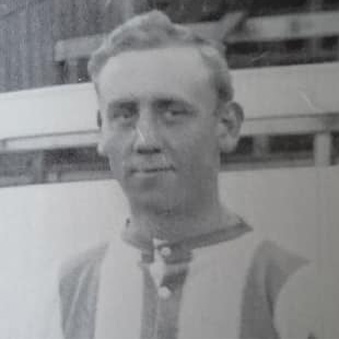
Bert Longstaff
With 443 appearances and 86 goals from his 16 year Brighton career, Bert Longstaff is one of the most successful Sussex-born players to ever play for the Albion.
He first came to prominence playing for Shoreham as a 17-year-old in the 1902-03 season. Tottenham Hotspur wanted to sign him but his mother had other ideas, refusing to allow him to leave home for the bright lights of that there London.
Mrs Longstaff putting her foot down with a firm hand worked out well for Brighton, who signed Longstaff in November 1906. He played in over 30 games a season for the next 10 seasons and would surely have been the Albion’s record appearance holder had World War I not got in the way.
Capable of playing both as an outside and inside right, his ability to cross a ball was second to none – it was from a Longstaff corner that Webb scored the goal to win Brighton the Charity Shield.
Longstaff retired in 1922. It says much for his talents that even at the age of 35, he remained a regular for the Albion’s first two seasons in the Football League.
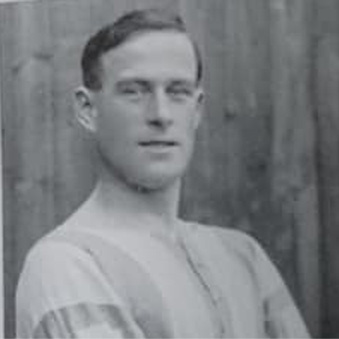
Jimmy Coleman
Jimmy Coleman cut a similar career path to that of Blackman, making a name for himself with Hastings & St Leonards before rocking up at the Goldstone Ground in May 1909.
Once on the Albion’s books, he had to be patient for his debut. It did not arrive until January 1910 and his appearances were sporadic after that, although this meant that he did not taste defeat in the stripes until November 1911 on his 22nd Brighton outing.
He joined Swansea Town in 1912 before returning to Brighton towards the end of the 1914-15 season, finishing his Albion career with a record of 50 appearances and seven goals.
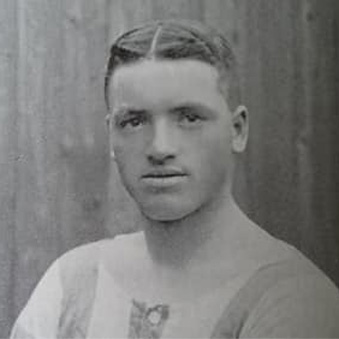
Bullet Jones
Bill Jones earned the nickname ‘Bullet’ for having a thunderous shot. He put it to good use during an 11 year Brighton career, scoring 69 goals in 179 appearances after joining the Albion from Birmingham in May 1909.
Jones became a firm favourite of the Goldstone crowd almost instantly for both his footballing ability and his antics. During the 1909-10 season, he was sent off for clashing with the Norwich City goalkeeper, his replacement and then finally the referee, which earned him a two-month suspension. Florin Andone, eat your heart out.
Despite missing such a chunk of the campaign, he still finished as top scorer with 22 goals as the Albion won the Southern League title. He led the scoring charts again in 1910-11 with 19 before returning to Birmingham for a fee of £300 in January 1912.
That move to St Andrews was by no means the end of Jones’ Brighton career. The Albion re-signed him in November 1913 and he would remain at the club until 1947, serving as a scout, assistant manager and then groundsman following his retirement from playing at the end of the 1919-20 season.
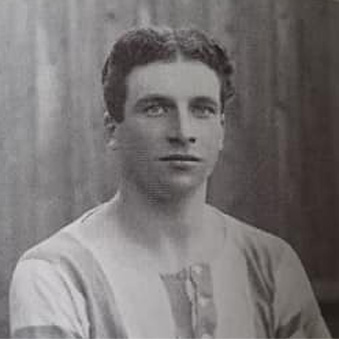
Charlie Webb
It is rather apt that Mr Brighton & Hove Albion was the man who scored the winning goal in the Charity Shield final to give the club their greatest triumph.
Charlie Webb spent 28 years at the Goldstone Ground, firstly as a player then manager. He bought himself out of the army to join the club in December 1908, going onto score 79 times in 275 appearances before a serious leg injury ended his career at the end of the 1914-15 season.
Webb became the club’s first ever full international when representing Ireland in 1909 but there is no doubting that his strike against Aston Villa at Stamford Bridge was the best moment of his career.
It arrived with 18 minutes remaining. Longstaff’s corner delivery caused carnage in the Aston Villa box, Bill Hastings laid off to Webb and he side stepped a couple of defenders to place the ball out of the reach of Arthur Cartlidge.
Eight years on from that triumphant afternoon at Stamford Bridge and Webb found himself spending eight months of World War I in a prisoner of war camp after being captured by the Germans.
It was while he was interned that the Albion wrote to him offering the role of manager, a far cry from the flash unveilings afforded to 21st century bosses.
Webb duly accepted, took up his duties in June 1919 on his return to England and subsequently managed Brighton for 1,215 matches – a record that will never be broken. So important was Webb to the history of Brighton that he has a blue plaque on his former home in Hove.
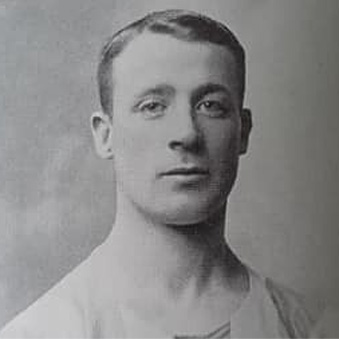
Bill Hastings
Bill Hastings arrived at the Goldstone in the summer of 1909 from West Hartlepool. He instantly established himself as a first team regular, missing just one game in the 1909-10 campaign and only two the following season on his way to making 100 appearances for Brighton.
During this time, Hastings was the main provider of chances for Jones and Webb. It was little surprise to see him teeing up the winning goal in the Charity Shield and his own haul of 15 goals in his Albion career was none too shabby.
Birmingham paid £100 for his services in February 1912 just a month after they had also signed Jones. Hastings spent two-and-a-half years at St Andrews before joining Watford, with whom he won a second Southern League title in 1914-15.

